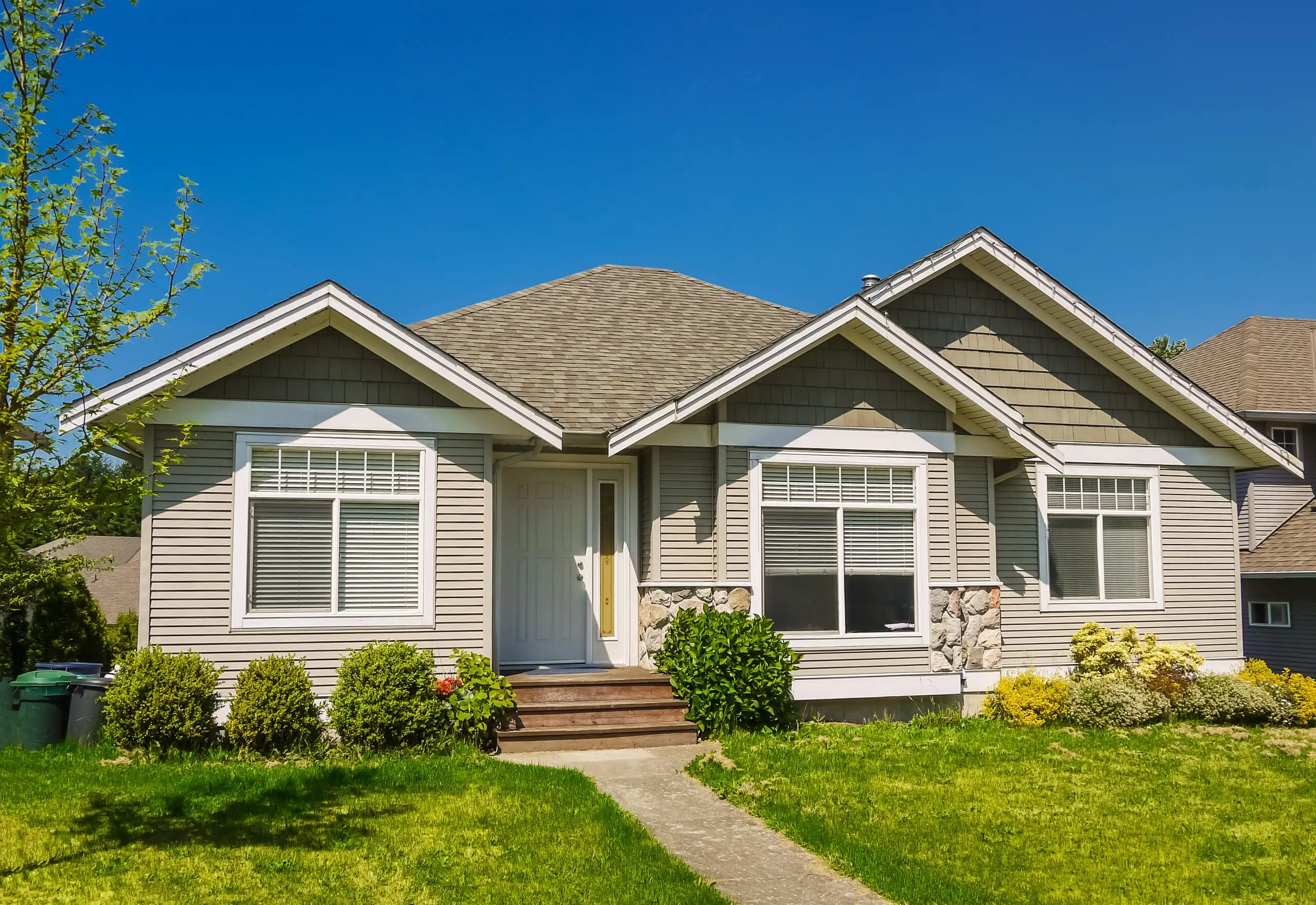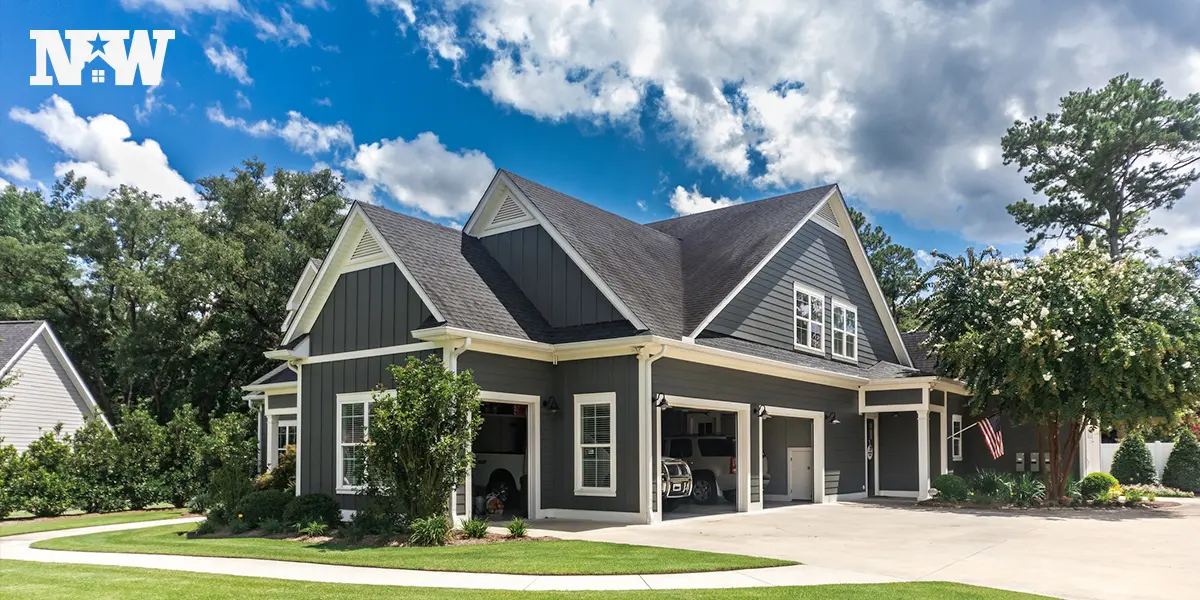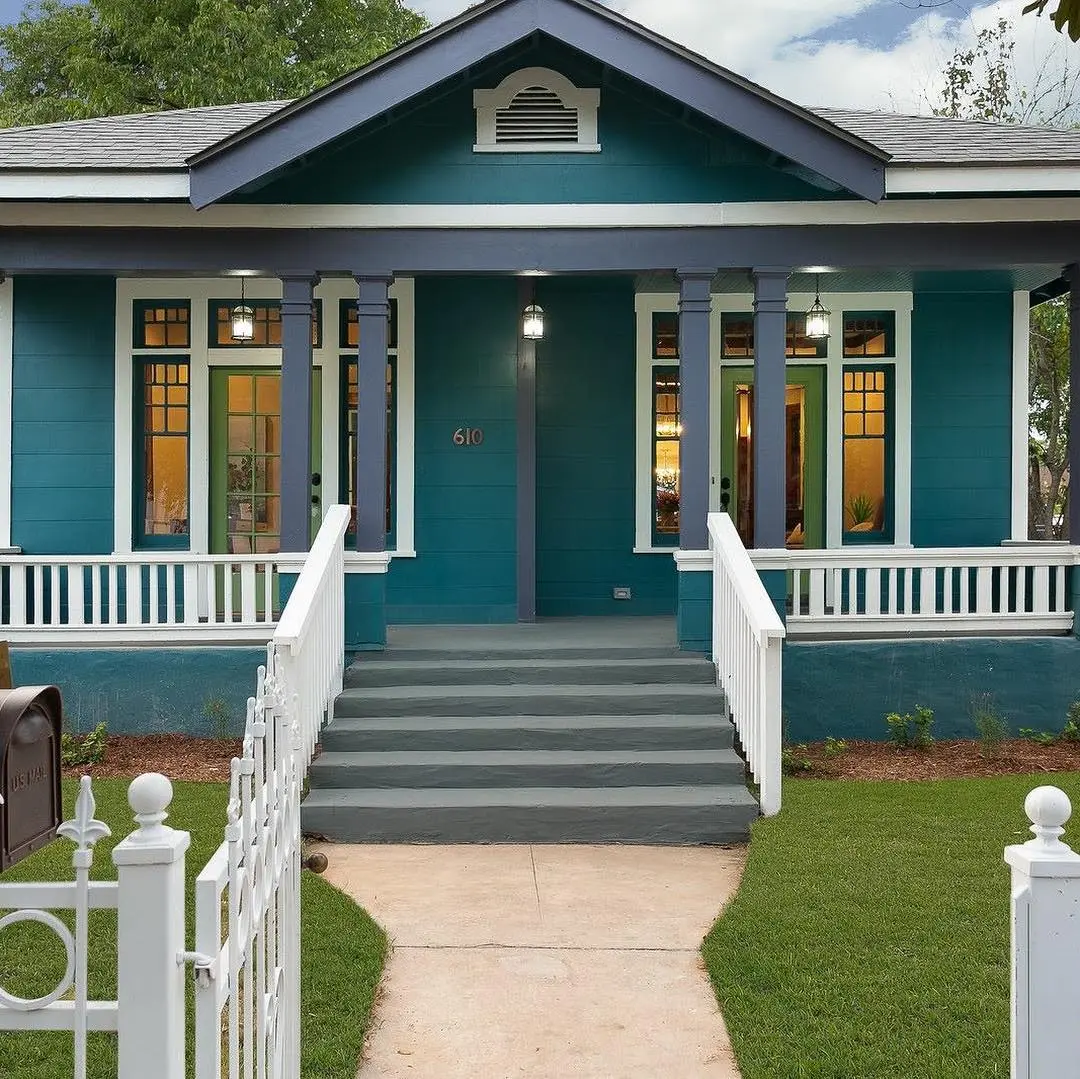It’s no secret that savvy property investors can make a sizable living by flipping homes. These properties can either be sold for an immediate payoff or held to generate rental income.
The challenge is that any earned income can be taxed. In order to avoid hefty taxes and protect their profits, property investors can take advantage of the 1031 exchange when they sell investment properties.
What Is A 1031 Exchange?
The basic premise of the 1031 exchange is to defer paying capital gains taxes by swapping one property for another. This exchange allows investors to transfer the capital gains from one property onto a newly purchased property.
During the process, the gains are used in the purchase of a like-kind property. In doing so, it allows the investor to defer paying any capital gains tax on the money earned from the original investment property.
It is important to note that the capital gains tax can be deferred until the new property is sold. At this point, another 1031 exchange can be used to further defer tax payments.
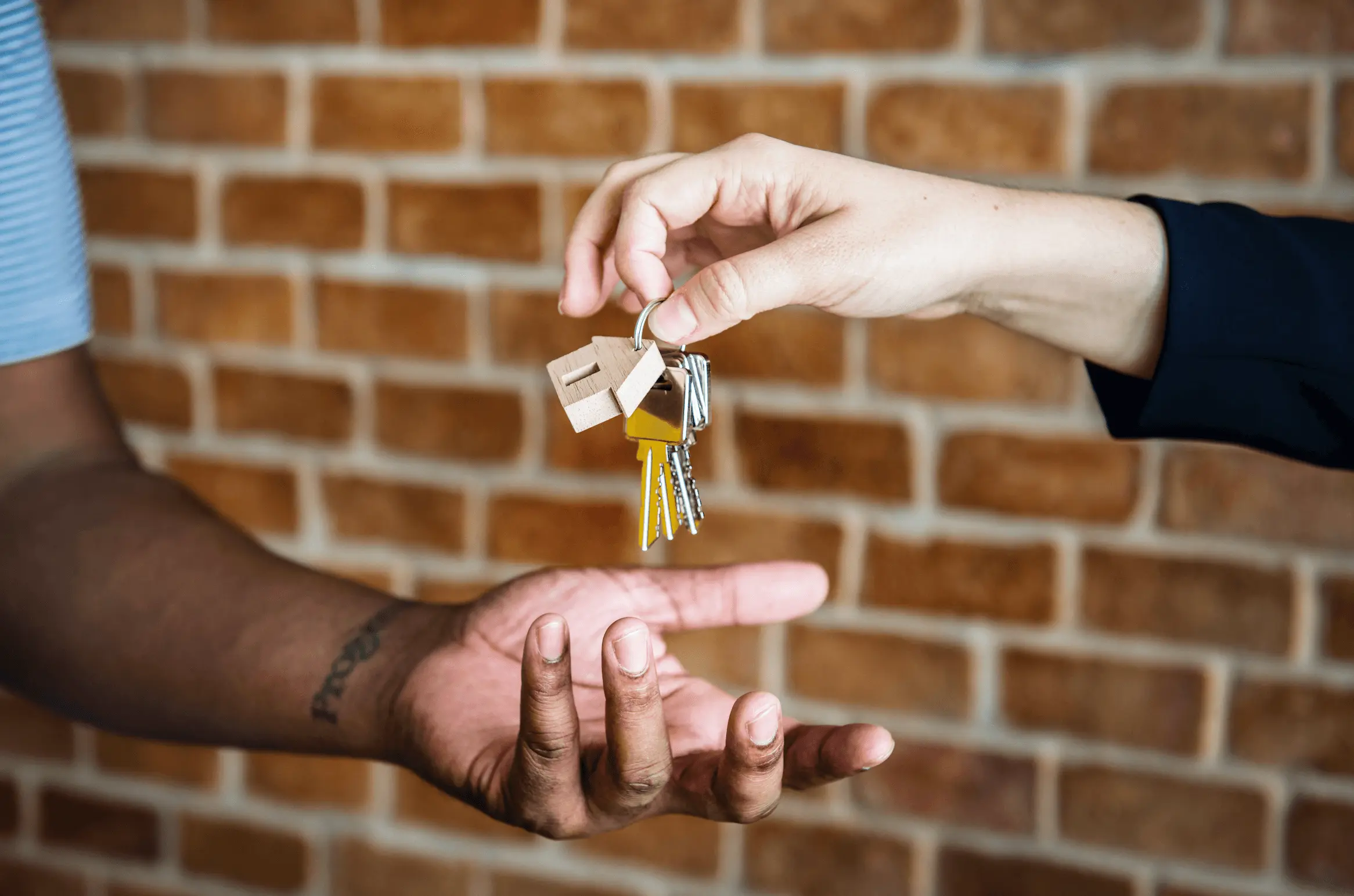
Before investors use a 1031 exchange, they must ensure that the properties meet a few key requirements.
First, the property being sold and the property being purchased must be the same type of property.
The properties must be “like-kind.” For example, you can use a 1031 exchange to replace a single-family home with a similar real estate investment, but not with a multiunit complex.
Finally, the 1031 exchange can’t be used on personal residences. Instead, it can be used for various types of real estate investments and business properties such as a condominium, retail space, plot of land, rental property, or multi-family home.
Benefits Of A 1031 Exchange
The 1031 exchange offers a multitude of benefits to real estate investors who decide to take advantage of the exchange. The key benefits include:
- Investors can defer paying taxes on the capital gains from selling their investment properties
- The full amount of capital gains can be used to purchase a new property
- The exchange can be used to immediately unload unwanted investments or properties that are performing poorly
Using the capital gains from one property to purchase a like-kind property gives investors more purchasing power. This opens the door for additional real estate investment opportunities
How To Start A 1031 Exchange
In order to enjoy the many benefits of this process, investors must ensure that they pay close attention to timing. In fact, timing is critical to successfully implementing a 1031 exchange with like-kind properties.
First, the investor must identify the new property within 45 days from the date of sale of the original investment property. Next, the investor must close on the new like-kind property within 180 days of the date of sale.
Finally, the four types of 1031 exchanges require that the purchase price and the new loan amount (if applicable) be the same or higher on the new replacement property. In other words, you can’t use the 1031 exchange to purchase a replacement property of lesser value.
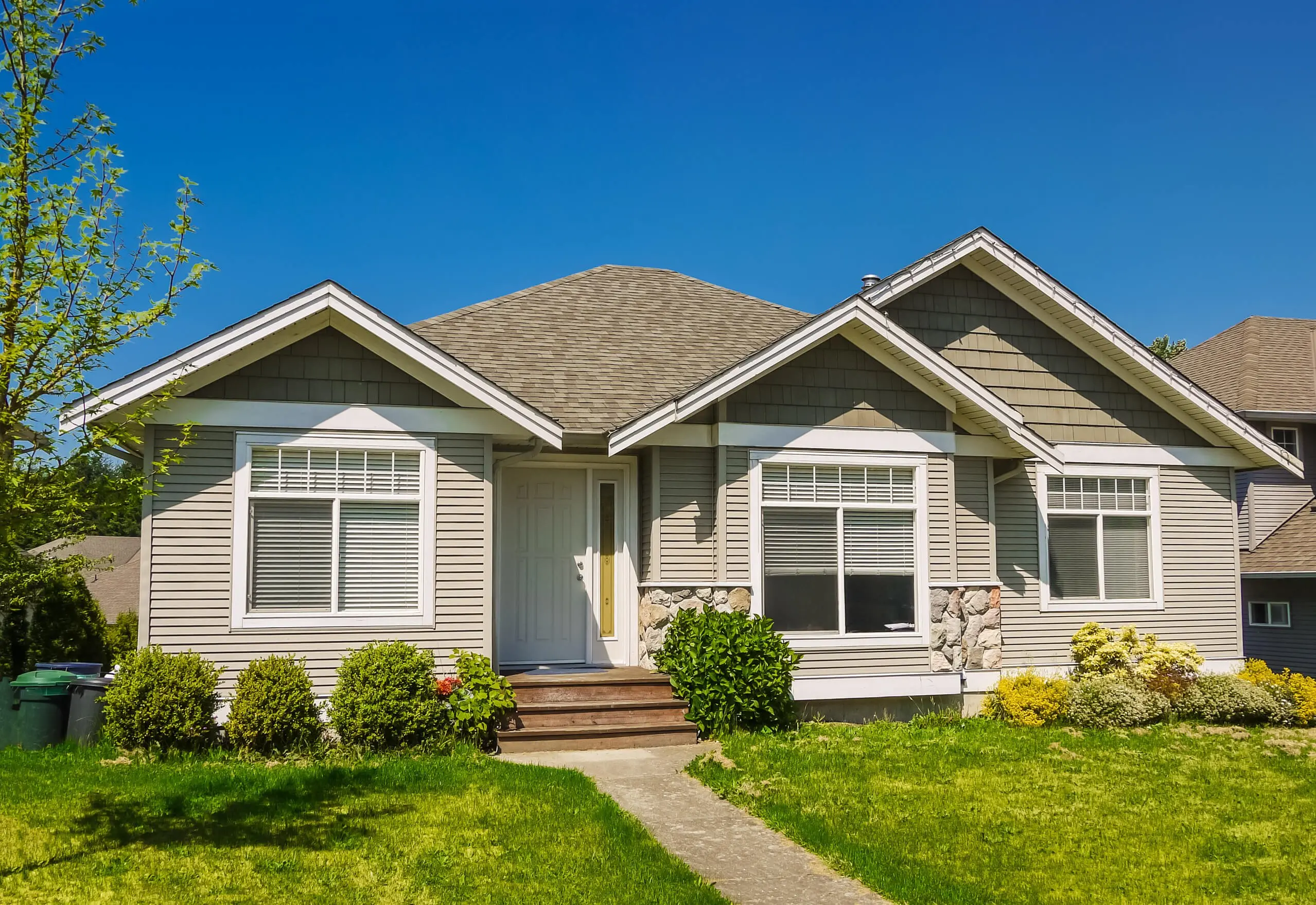
The Bottom Line: Investors Should Take Advantage Of This exchange
Perhaps the most difficult aspect of pulling off a 1031 exchange is finding a like-kind property that fits the exchange requirements in the specified time range, but you do not have to go through the process alone.
A New Western agent can connect you to local properties that meet your investment needs so you can focus your time and energy on your flip. We never charge subscriptions or fees, so you’re earnings stay where they belong, with you.
